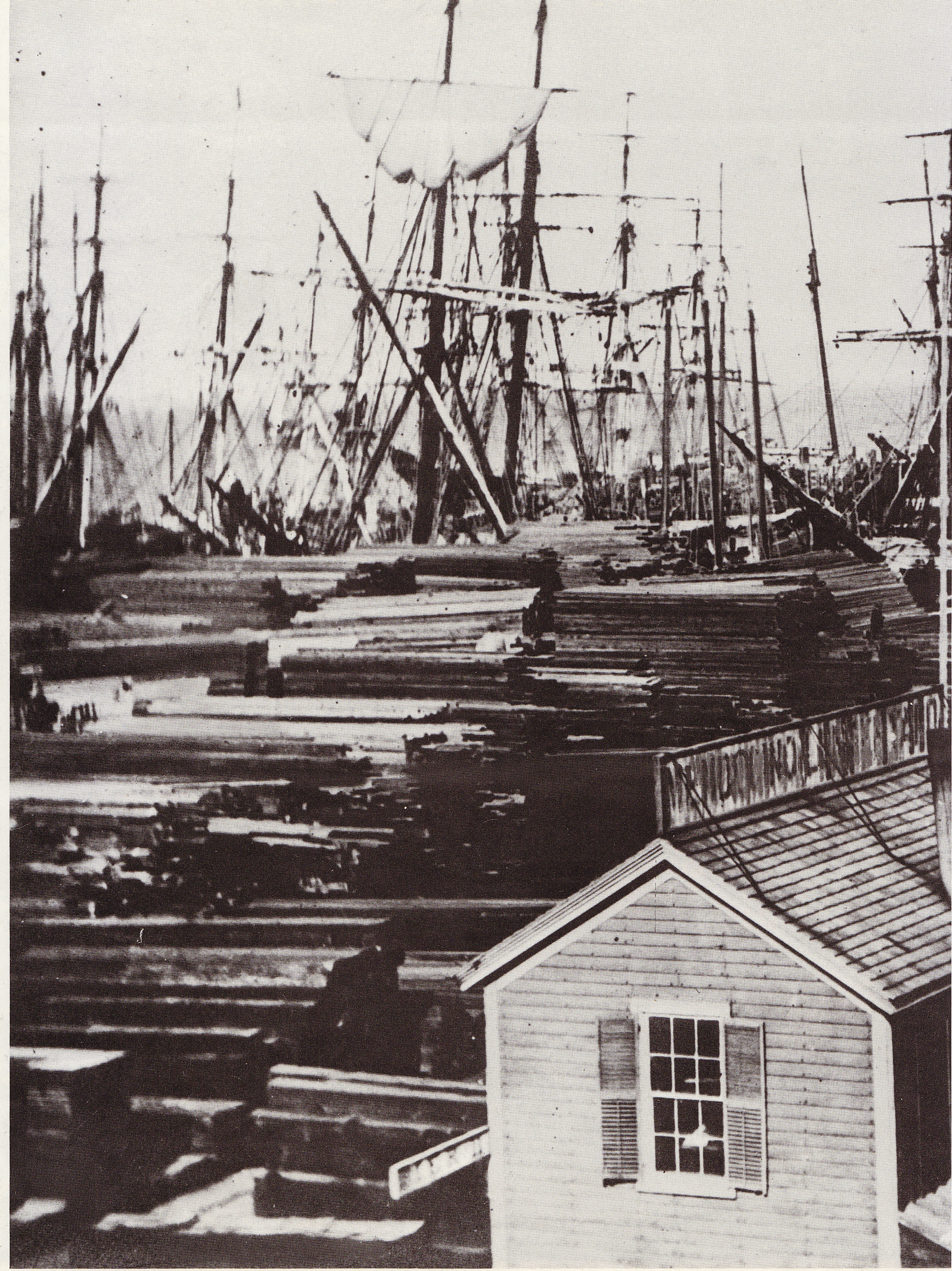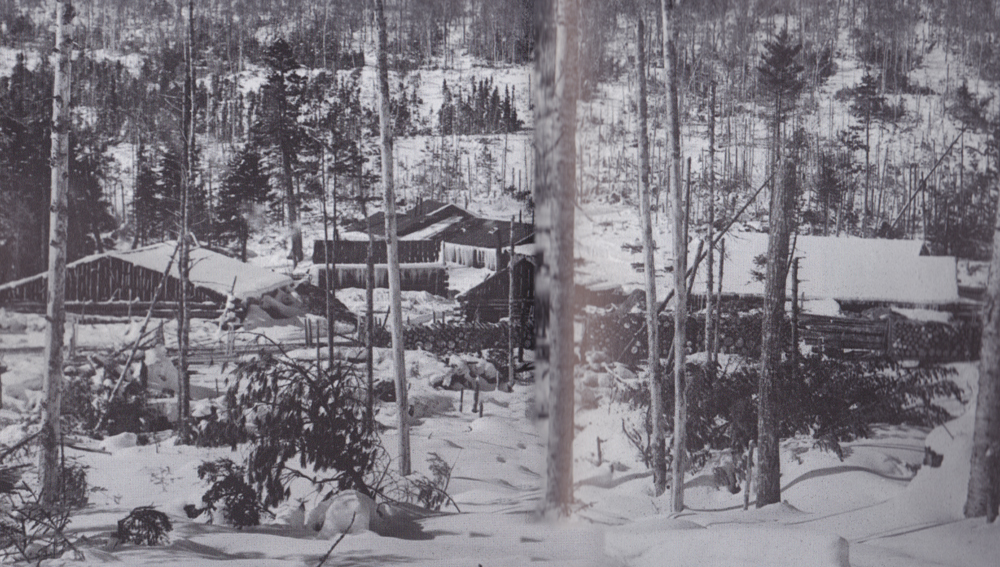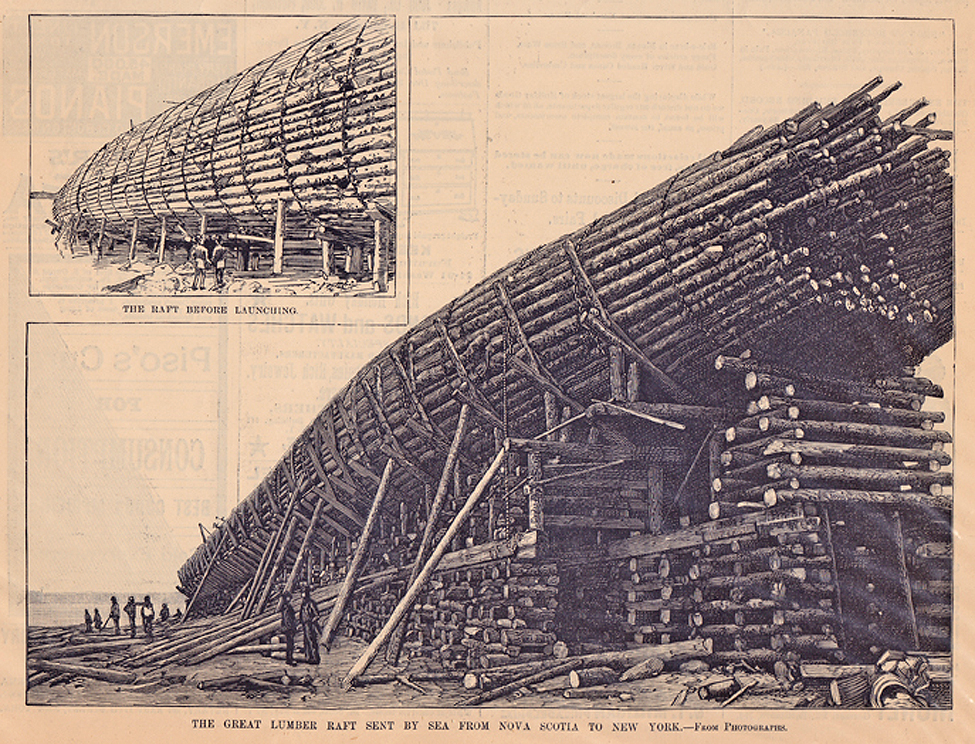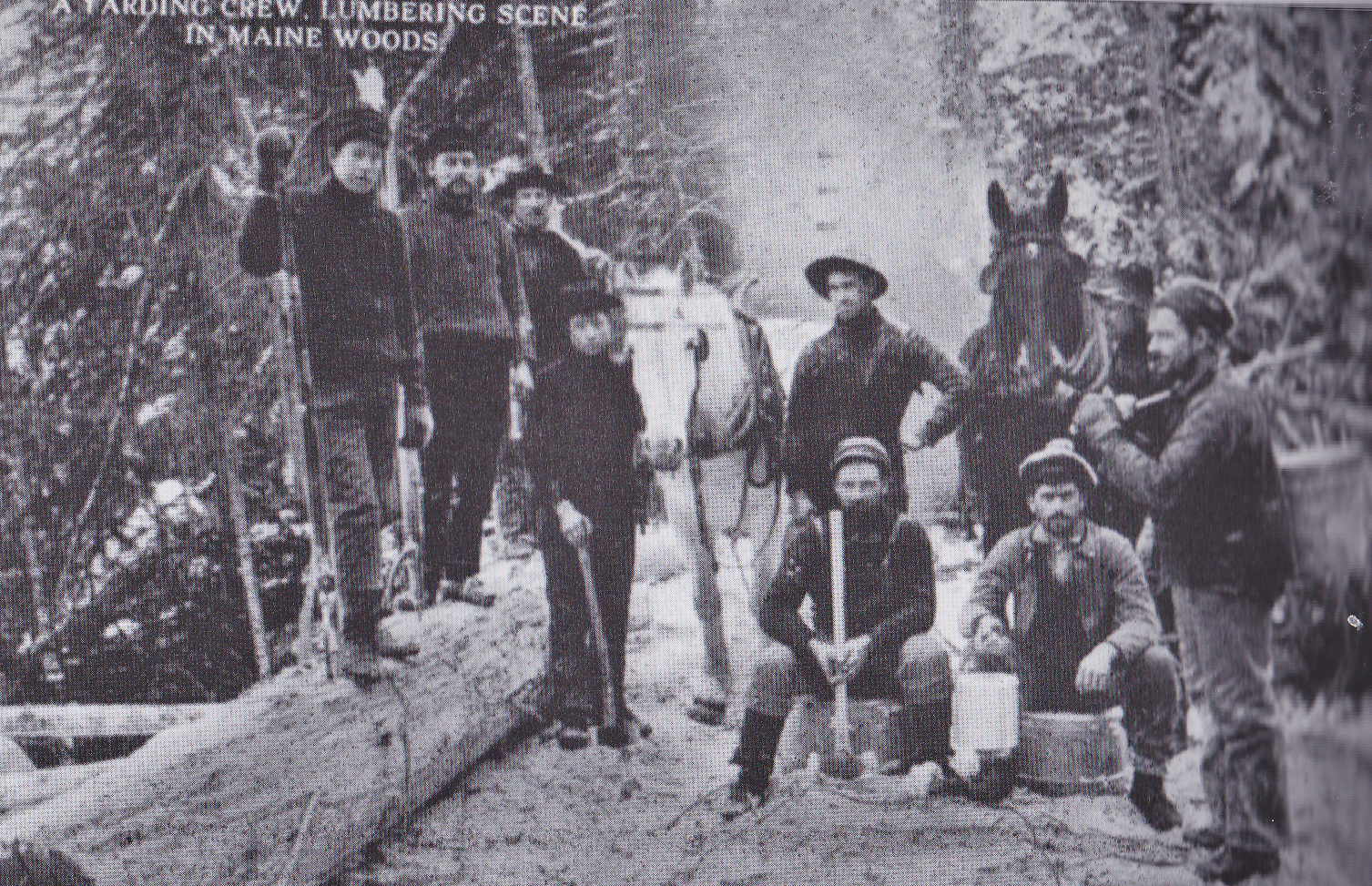Emily is a Masters degree candidate in the Columbia U. Graduate School of Architecture, Preservation and Planning. She is involved in researching selected historical buildings and structures for the 12 x 12 collection.
Mitchell Hulse
Mitchell graduated from Columbia U. with a BA in early American history. He has previously worked as a forest technician with the National Forestry Service and as a firefighter with the Oregon Department of Forestry. His historical work as a research intern at Sawkill Lumber Co. centered around the area currently under redevelopment by Columbia U. in West Harlem.
Luke McGeehan
Luke is a Masters degree candidate in the Columbia U. Graduate School of Architecture, Preservation and Planning. He is the co-founder of an urban farming company called eko, Inc.in Ridgefield Park, NJ. and has previously worked with the ARC Alternative Transit Project Studio to analyze alternative proposals for a rail tunnel under the Hudson River. Luke is involved in researching selected historical buildings and structures for the 12 x 12 collection.
Pre-WWI buildings in the city were framed with old growth timber from the country’s vast virgin forests. The fact can come as a surprise to modern urban dwellers, with wooden joists hidden behind floors and ceilings. These old bones of New York City were once trees of course, with roots upstate, or in New England, Pennsylvania, Ohio, Michigan, Louisiana, Virginia, Nova Scotia – just about any place that forests were logged, and water or rail transport was available.
There would be no New York without lumber. So at least in part, the city begins in these backwoods, and with the people that logged them. Their methods, tools and culture can seem as remote as that of imported goods today. But where things come from and how they’re made is now knowledge of critical value, but the same awareness of the past speaks to qualities that don’t meet the eye. The following selection of photos provides a glimpse of the forgotten forest.
You Have No Idea
 New York Magazine profiles generation twenty something in a recent issue – crediting a can do response to the economic downturn. As the story goes, well nurtured kids can beat a bleak economy. The furniture maker here, Devi Rawls, may have it as tough as many – expanded overhead, squeezed profits and no benefits. But despite it all, American woodworking, about the most long standing trades across the land, is growing.
New York Magazine profiles generation twenty something in a recent issue – crediting a can do response to the economic downturn. As the story goes, well nurtured kids can beat a bleak economy. The furniture maker here, Devi Rawls, may have it as tough as many – expanded overhead, squeezed profits and no benefits. But despite it all, American woodworking, about the most long standing trades across the land, is growing.
“We work to become, not to acquire.” – Elbert Bubbard (1856-1915) American Philosopher and Writer
The Great Lumber Raft



 “The great lumber raft sent by sea from Nova Scotia to New York” – Launched at Two Rivers on November 15th, and pulled to New York by the steam-ship Miranda. It contained 25,000 sticks of Spruce and Pine timber, from 35-95 feet in length, along with a lesser quantity of Beech, Birch and Maple timber, for a total of 4,500,000 feet. It costs the owner James D. Leary $32,000 to have it towed to Newtown Creek in Brooklyn. The method of raft construction was new, requiring six months of work and close to fifty men. The ‘raft’ was 585 feet long (about a football field), 62′ in width and 37′ deep. The object was to bring longer timbers to New York City than was possible by ship, and at a cost less than timbers shipped by rail from Michigan and Ohio.
“The great lumber raft sent by sea from Nova Scotia to New York” – Launched at Two Rivers on November 15th, and pulled to New York by the steam-ship Miranda. It contained 25,000 sticks of Spruce and Pine timber, from 35-95 feet in length, along with a lesser quantity of Beech, Birch and Maple timber, for a total of 4,500,000 feet. It costs the owner James D. Leary $32,000 to have it towed to Newtown Creek in Brooklyn. The method of raft construction was new, requiring six months of work and close to fifty men. The ‘raft’ was 585 feet long (about a football field), 62′ in width and 37′ deep. The object was to bring longer timbers to New York City than was possible by ship, and at a cost less than timbers shipped by rail from Michigan and Ohio.
Harper’s Weekly, December 17, 1887.